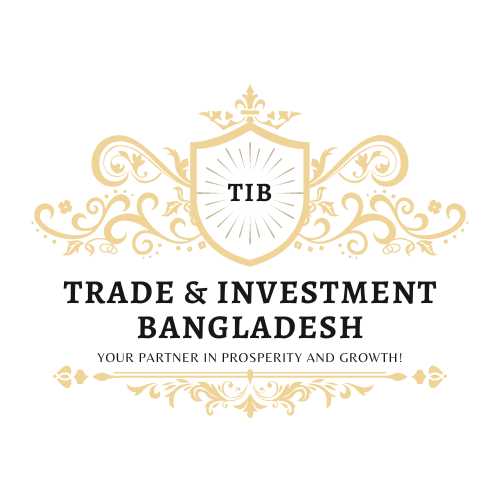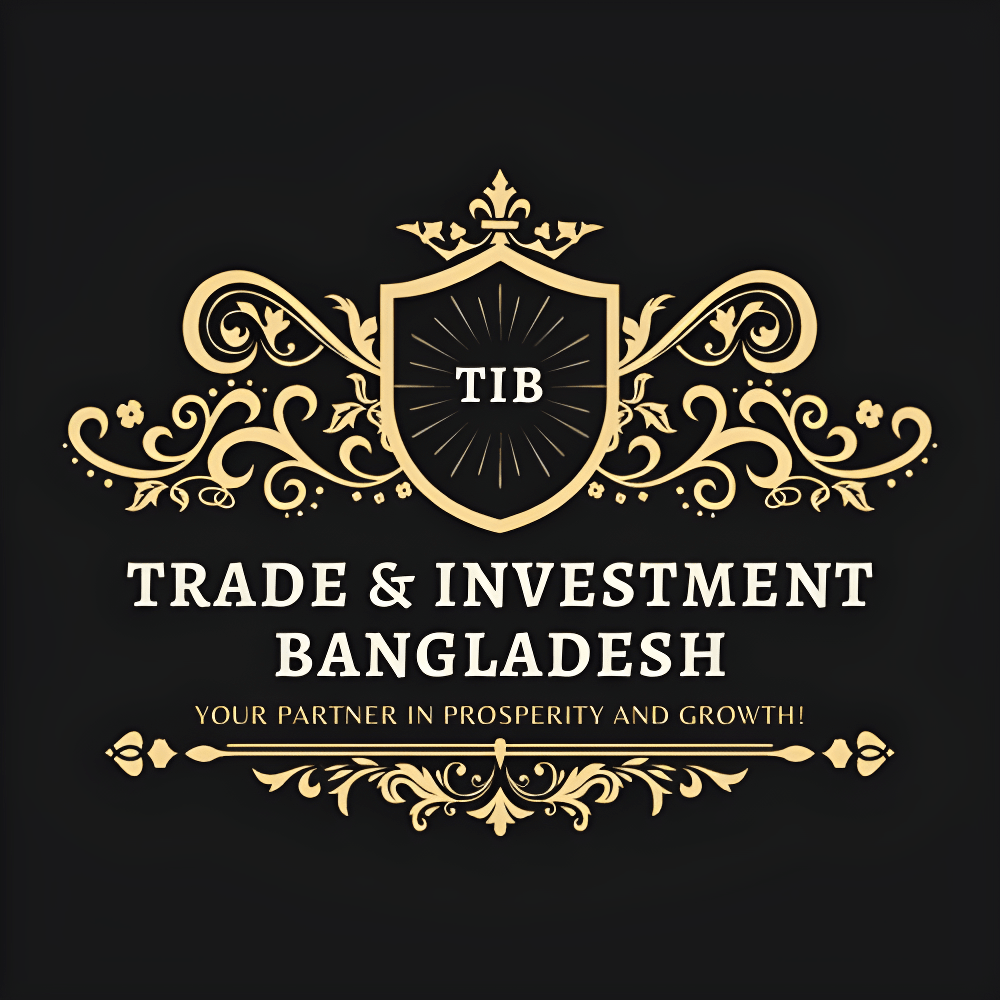Top 10 Digital Marketing Services for SME & Large Businesses [P-2]
Top 10 Digital Marketing Services for SME & Large Businesses [P-2] Md. Joynal Abdin, BBA (Hons.), MBA Founder & CEO, Trade & Investment Bangladesh Top 10 Digital Marketing Services for Medium Businesses: Medium-sized businesses, with a budget ranging…
Read More


![Business Consultants in Strategic Planning for Small Businesses [Part-2]](https://bangladeshtradecenter.com/wp-content/uploads/2023/07/Business-Consultant-Digital-Marketer.jpg)






 by
by